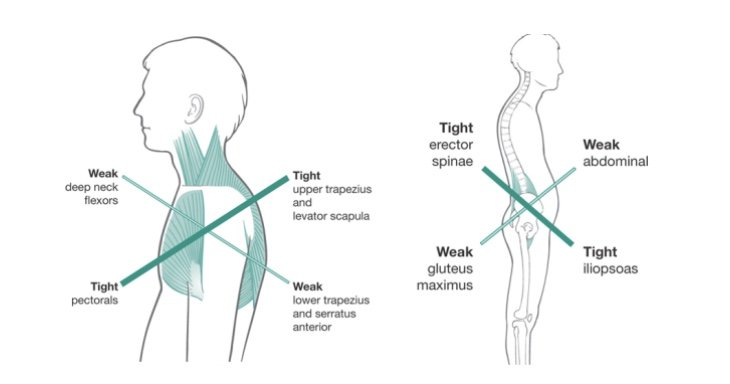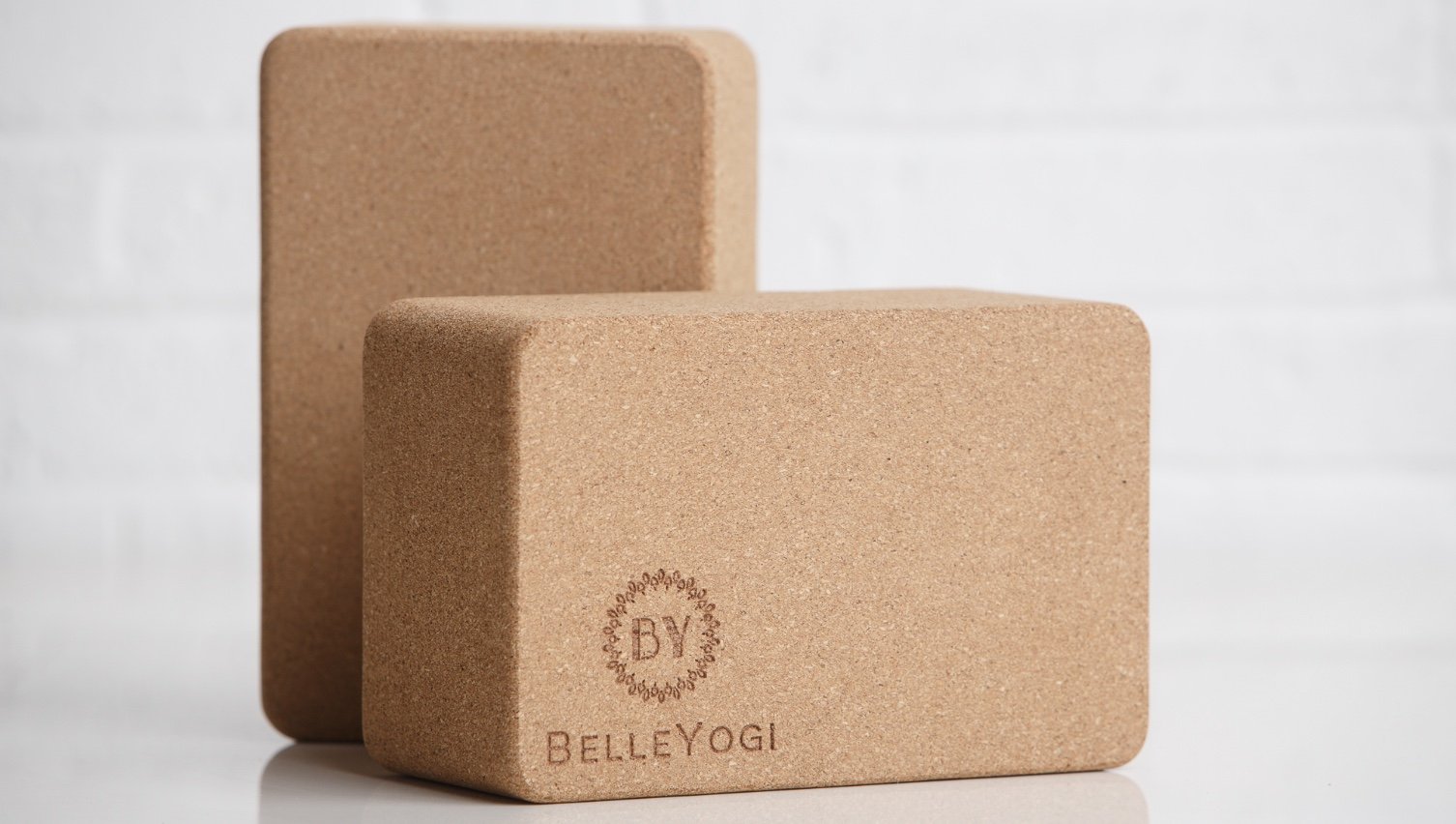The Posture Myth: Why “Perfect Posture” Doesn’t Exist & What To Do Instead
What if I told you that perfect posture is a myth? That no matter how many times you adjust your chair, tweak your standing desk, or straighten your spine, you’re never going to find that one perfect position?
For years, I’ve worked in corporate wellness, coaching executives and teams who were convinced that standing desks were the magic fix. But here’s the reality—whether you’re standing or sitting, the problem isn’t the position itself. It’s that we stay in the same position for too long.
The Shape You’re In—Literally
Picture this: You’re at your desk, weight shifted to one hip, rounding slightly toward your screen. Hours pass, emails pile up, deadlines approach, and suddenly you realize your back aches, your shoulders feel like cement, and your neck is locked in place. Sound familiar?
Now, let’s rewind. What if you’re sitting instead? Slumped forward, eyes glued to your screen, head creeping forward, shoulders rounded in. Low back pain? Check. Tight hips? Check. Shoulder limitations? Check.
When we hold the same shape for hours, our body adapts to that shape. Add in the stress of the day, and we’ve just trained ourselves into tension and restriction.
The Pattern of Tightness & Weakness (aka "Crossed Syndrome")
Staying in these positions leads to predictable patterns of tightness and weakness:
Upper Crossed Syndrome: Tight upper traps and pecs, weak mid-back and deep neck flexors.
Lower Crossed Syndrome: Tight hip flexors, quads, and QL (lower back), weak glutes (butt) and lower abs.
This imbalance can make simple everyday movements—like reaching for something on a high shelf or getting up from your chair—feel stiff and uncomfortable.
How to Find Balance: Movement as Medicine
Posture isn’t about a single "correct" position. It’s about creating variability in your movement. Here’s how you can start balancing tightness and weakness:
Soft Tissue Work – Start by finding and releasing areas with tightness
Mobility – Then increase movement in those areas
Stability – Finally address the weakness on the opposing side
If we only stretch or foam roll tight areas without strengthening the weak ones (the opposing side), we’ll keep sinking back into the same shape. We need to strengthen the opposite side to maintain that neutral shape. Strength is the missing link that allows us to move freely without pain or limitation.
Go Upstream: Changing the Input to Change the Output
The real fix? Change the demand you’re putting on your body. Instead of trying to force yourself into "good posture," think about how many different shapes you can create throughout the day.
Standing vs. sitting: Switch it up regularly. Consider setting a notification on your computer to remind you to change shapes.
Yoga blocks = game changer: While sitting or standing place a foot on one, adjusting the height, and noticing the variety of positions you can create.
Walking meetings: A simple way to break long periods of stillness.
Movement Snacks: Need ideas? Check out my blog on movement snacks for inspiration!
BTW—If you need an amazing yoga block, my friend Michelle has some great ones available! You can buy them here.
Ready to Move Differently?
There’s no one-size-fits-all approach to posture and movement. If you’re tired of stiffness, aches, and limitations, let’s create a plan that actually works for you.
Book a FREE discovery call to start moving (and feeling) better today!



